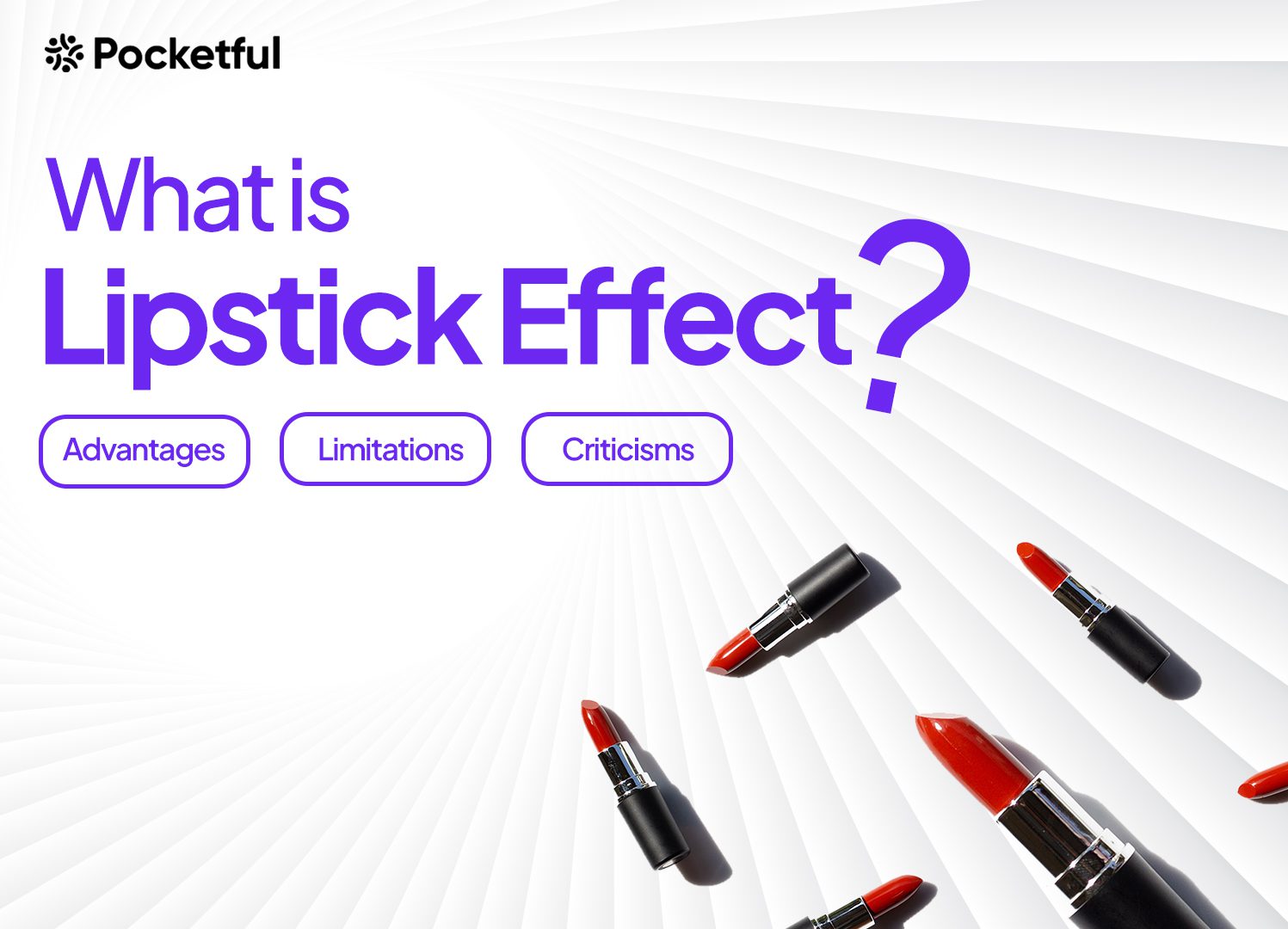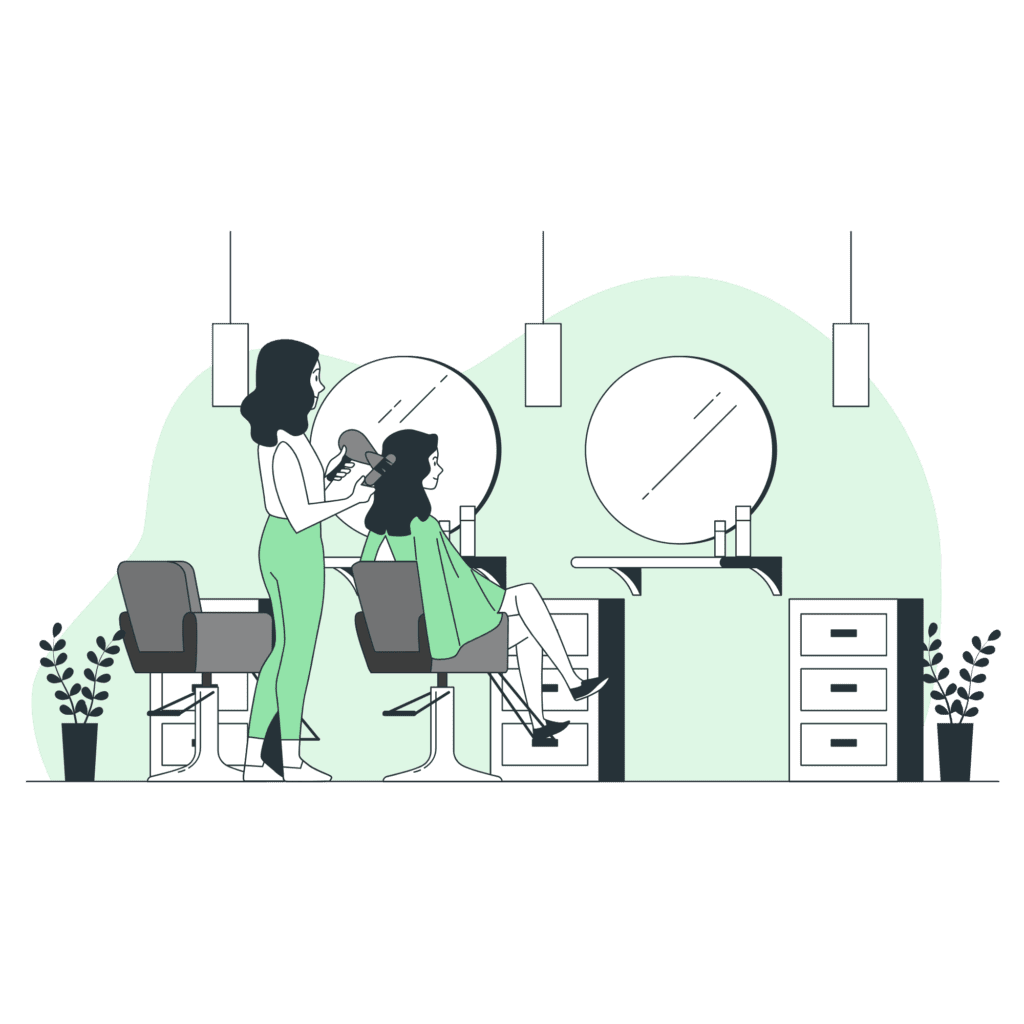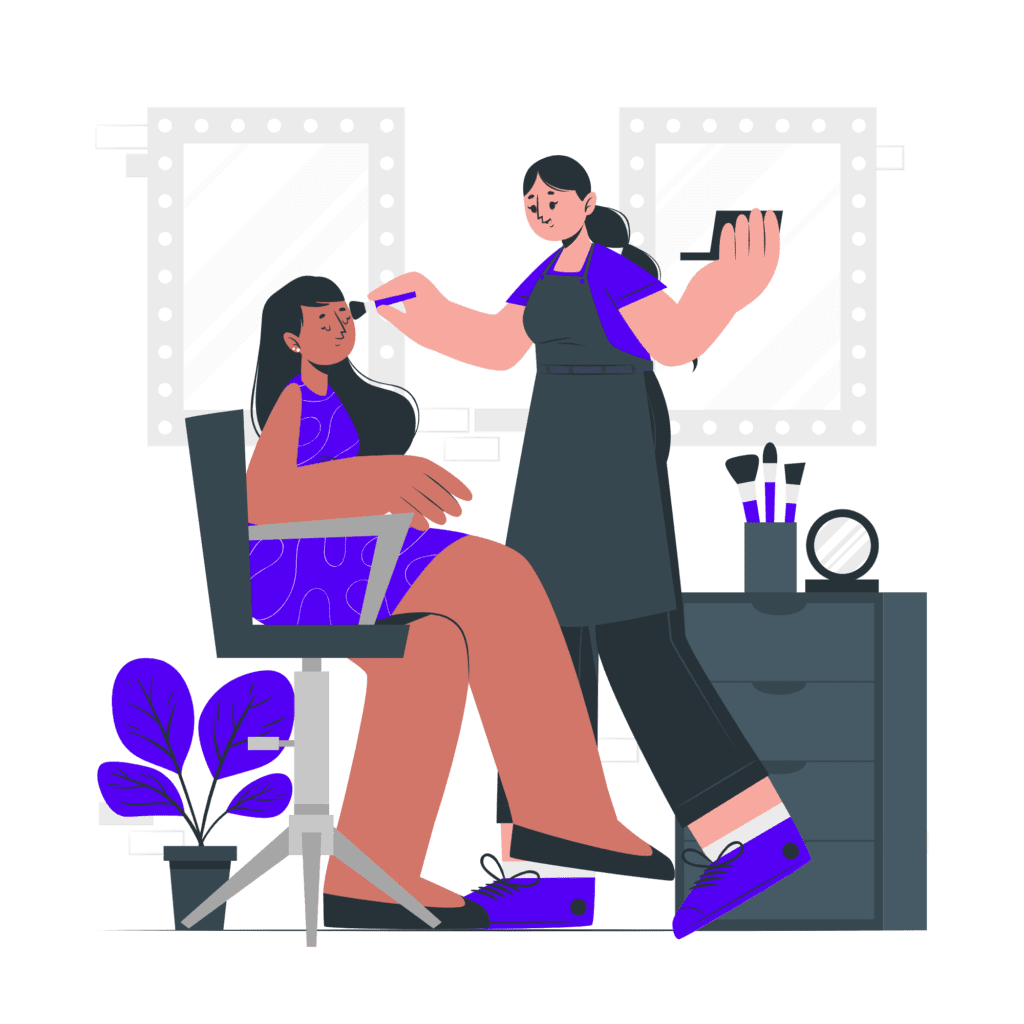| Type | Description | Contributor | Date |
|---|---|---|---|
| Post created | Pocketful Team | Mar-20-24 | |
| Heading optimization and internal linking | Nisha | Feb-15-25 |

- Blog
- what is the lipstick effect economic indicatorapplication advantages limitations and criticisms
What is the Lipstick Effect? Economic Indicator, Application, Advantages, Limitations, and Criticisms

Have you ever considered what motivates a consumer’s psychology to purchase a product? Gaining a deeper comprehension of consumer psychology can help predict the changes in the economy.
An example of the relationship between consumer psychology and economics is the “Lipstick Effect”. Let’s get a brief overview of economic indicators first.
Economic Indicators
An economic indicator is regarded as a set of data points that reveal information about how a nation’s economy is doing. Economists, legislators, and investors typically use these variables to forecast a nation’s growth trajectory.
Generally, economic indicators are categorized as leading and lagging based on their characteristics and ability to forecast economic trends.
Today, we will introduce you to one of the leading economic indicators, “Lipstick Effect”.
Overview of the Lipstick Effect
It is an economic theory that suggests that during the period of economic downturn, consumers prefer to purchase more of the ‘quiet’ luxury goods, like cosmetics, rather than more expensive items like electronics or branded clothes. It indicates that during such a period, people tend to avoid big purchases and spend more of their income on affordable yet luxury products like ‘lipsticks’.
Founder
This trend was first identified by economist Juliet Schor in the year 1988, but it was Leonard Lauder, the chairman of Estee Lauder, who observed an increase in his lipstick sales during tough economic times.

Application of the Lipstick Effect
The lipstick effect is why fast food restaurants and movie theatres do well during financial crises, as individuals treat themselves to ‘feel good’ products and services that consumers can afford in lieu of more luxurious purchases, such as vacations.
Note – It is important to know that the term ‘lipstick’ is just a metaphor used in place of all ‘feel good’ commodities.
The indicator makes it possible for economists to predict an incoming wave of recession. It thus allows the central bank to use monetary policies to revert the effects of the recession.
Read Also: Intel Case Study: Marketing Strategy and Pricing Strategy
Historical Events of the Lipstick Effect
The phenomenon was observed during the Great Depression in the 1930s when sales related to cosmetic products increased despite an economic slowdown in the USA.
This phenomenon was observed again during the 2007 and 2008 global financial crises as cosmetic companies witnessed skyrocketing sales. The phenomenon resurfaced after the 9/11 economic impact when there was less liquidity in the market, but lipstick sales stayed consistent.
Reasons of the Lipstick Effect
1. Items like lipsticks are less expensive as compared to larger and more expensive goods which makes them affordable even if the budget is tight.
2. Purchasing small luxury items will provide mental satisfaction and comfort during the economic downturn.
Advantages of the Lipstick Effect
1. Companies selling cosmetic products or affordable luxury products will witness steady sales even during economic downturns.
2. Companies can leverage the indicator to modify their inventories in order to cater to the sudden surge in demand among middle-class customers.
3. Economists and central banks use the indicator to modify the monetary policies to curtail the recessionary effects.
4. The lipstick effect allows individuals to modify their budgets and saving habits to minimise the impact of recessionary events.

Limitations of the Lipstick Effect
1. Though the ‘Lipstick effect’ is considered a leading indicator of the economy, economists tend to struggle to reach a consensus.
2. Economists find it hard to spot leading indicators, so the economy might already be heading into a recession by the time they notice one.
3. The impact of the indicator depends on consumers having some disposable income. Some might struggle to splurge their savings on grooming and luxury goods.
Assumptions of the Lipstick Effect
1. The lipstick effect assumes that during an economic downturn, the individual desire for luxury goods persists, and people try to cut their expenses on luxury items while opting for ‘feel good’ products.
2. The theory assumes that even small purchases can greatly influence human psychology, leading to a widespread desire to buy products that make people feel good.
3. The lipstick effect assumes that during any slowdown in the economy, the average consumer doesn’t cut their expenses across the board but changes their spending pattern.
Read Also: TCS Case Study
Criticisms of the Lipstick Effect
The lipstick effect was tested by economists using statistical measures, which led to the impact of the effect being overestimated. A marketing research company named Mintel witnessed the sale of cosmetic products falling by 3% during the Great Recession.
Other economists predict that the change in popularity of other products in the industry could also affect the sales of ‘feel good’ products.
All of these factors have led to the impact of the lipstick effect being heavily debated among economists.
Conclusion
The lipstick effect is based on economics, psychology, sociology, and gender study, which provides valuable insight into consumer behavior during the downturn of the economy. However, this concept is not universally acceptable because of its major limitations.
Frequently Asked Questions (FAQs)
What is the meaning of the lipstick effect?
The “lipstick effect” refers to a leading economic indicator where sales of ‘affordable’ luxury items, such as lipstick, tend to increase during economic downturns.
When does the lipstick effect occur?
The lipstick effect is generally observed during an economic downturn in which people do not have enough money to spend on luxury items.
What is the basic assumption of the lipstick effect?
The effect assumes that individuals still desire affordable luxury items during periods of recession.
Is there any other term used for the Lipstick effect?
The lipstick effect is also known as “Lipstick Index”.
How do central banks make use of ‘the Lipstick Effect’ indicator?
Central banks monitor the “lipstick effect” as a leading indicator of consumer psychology during economic downturns and potentially adjust monetary policies.
Disclaimer: The securities, funds, and strategies mentioned in this blog are purely for informational purposes and are not recommendations.
Disclaimer
The securities, funds, and strategies discussed in this blog are provided for informational purposes only. They do not represent endorsements or recommendations. Investors should conduct their own research and seek professional advice before making any investment decisions.